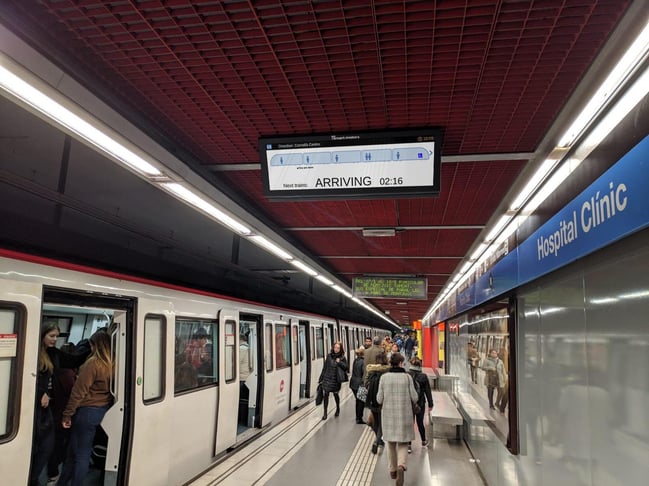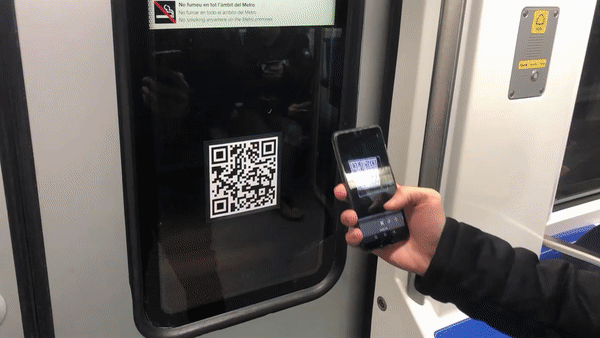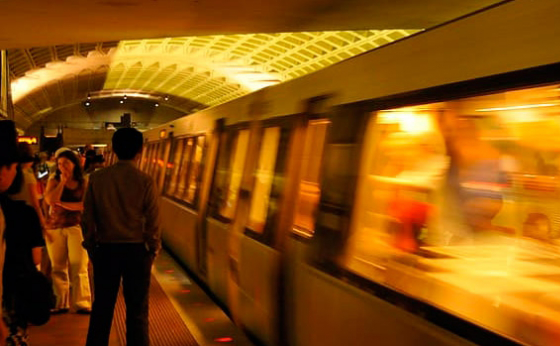These days, knowing the occupancy level in closed spaces has become a need. Current situation forces innovation and the emergence of new systems to know in real time the amount of passengers who uses means of transports. Anyway, beyond complying with the restrictions imposed by social distancing, knowing the occupancy level brings further benefits.
With the occupancy data, the operation managers may instantly take corrective actions. For instance, closing the accesses if the platforms are too crowded. Another advantage is that planners may detect and optimize the balance between supply and demand through the improvement of timetables and train service frequency. The knowledge of these parameters is a tool to justify subsidies according to the number of passengers, in addition to being able to analyze and create KPI's reports including costs per passenger.
The costs and operational benefits obtained from knowing the number of passengers are summarized as follows:
costs benefits
- optimize service and resources
- justify subsidies for number of passengers
- analyze KPI costs per passenger
operational benefits
- automatic reports
- reduce waiting times
- information for scheduling, forecasting and service-related decisions.
- help to keep social distancing
Passenger counting saves transport company thousands of euros and helps social distancing.
The use of these systems provides interesting information for the passengers. smart motors has developed platform screens and a mobile app that can be accessed through QR codes located in the stations or on the train itself.

Info screens guiding passengers to be safe and comfort by easily distributing along the train.
The screens allow users to easily locate themselves in the platform area corresponding to the less busy cars, speed up the process of getting into the train, and have a more comfortable journey. The information shown on the screens is configurable, in addition to the occupancy they also can display the temperature in each car, depart and arriving times for the next trains, failures reports or any other necessary communication.
As to the app, it helps direct the passage to the correspondent platforms, depending on the direction they want to take. It also shows the exit route with all the possible options by displaying elevators, stairs, and reduced mobility accesses on the map.

Many limitations come up when starting these projects: data protection regulations, calculation capacity, the complexity and diversity of means of transport... All this has favored innovation and development of different methods.
- Use of the train communication bus and collection of passing information. We deal with monitoring systems for weigh-in-motion, used as an indirect measurement of the passengers on-board.
- Use of CCTV cameras which interpret through counting algorithms and AI. The images from the existing security cameras on the trains, platforms or hubs can be processed by using Deep Learning to count and track passengers and, so, determine occupation in real time.
- In situations where the asset is very old, as is often the case with trams, retrofitting is performed to install machine vision counting equipment.
At smart motors we provide solutions for transports such as trains, trams, buses... To learn more about these methods, we invite you to participate in our 28th July webinar. Click here to register and write your questions so we can answer them in the webinar.





